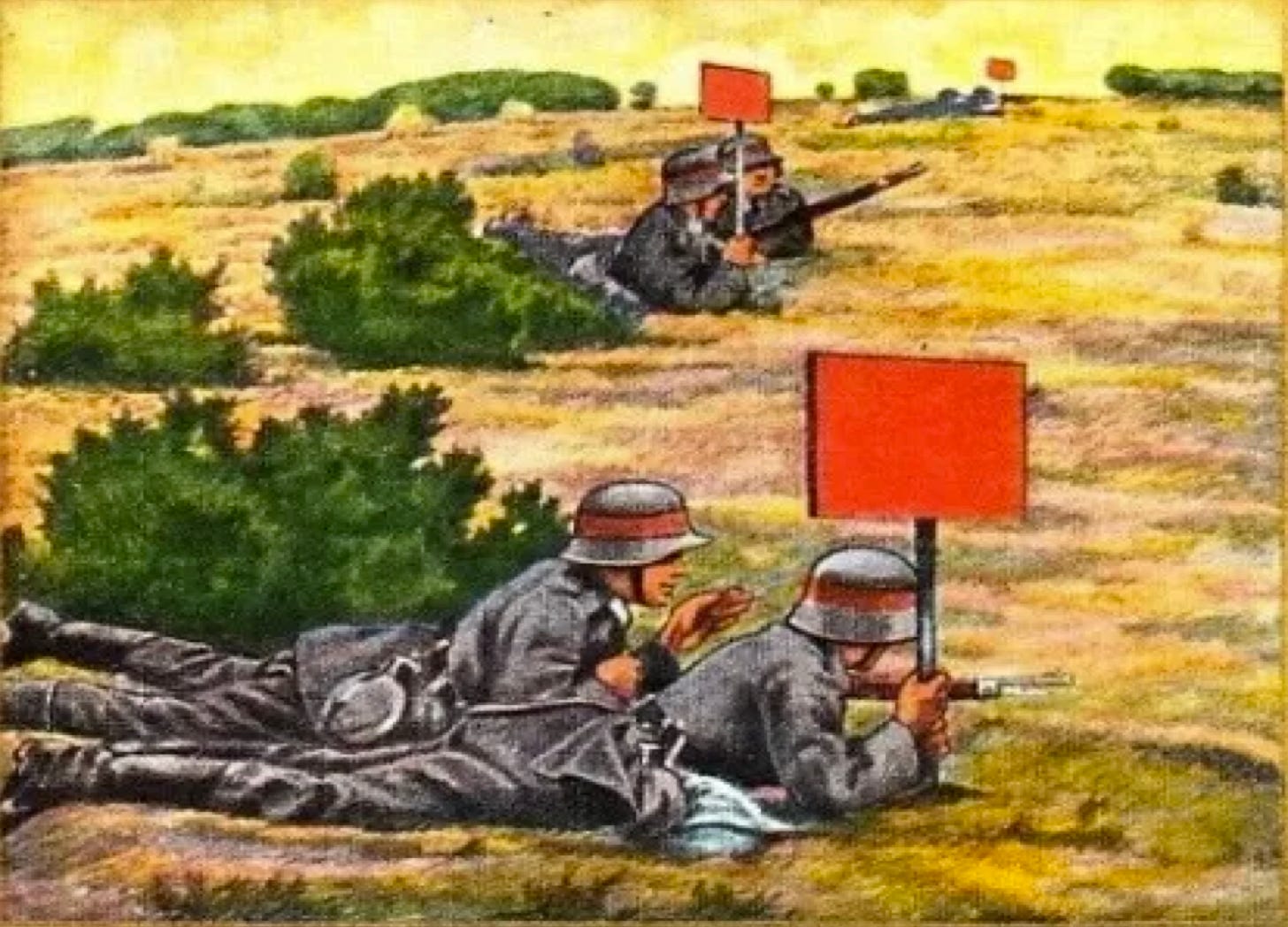A Plan for Expanding the Reichsheer
The Logic Behind the Numbers
In 1920, the army of the young German republic [Reichsheer] fielded seven infantry divisions. Within each of those formations, one-of-a-kind units made use of the numbers of their parent divisions. Thus, all concerned knew that the 1st Field Artillery Regiment and the 1st Pioneer Battalion belonged to the 1st Infantry Division.
The designations given to infantry regiments also bore witness to the divisions to which they were assigned. However, as each infantry division possessed three infantry regiments, the discovery of these numbers required a bit of arithmetic.
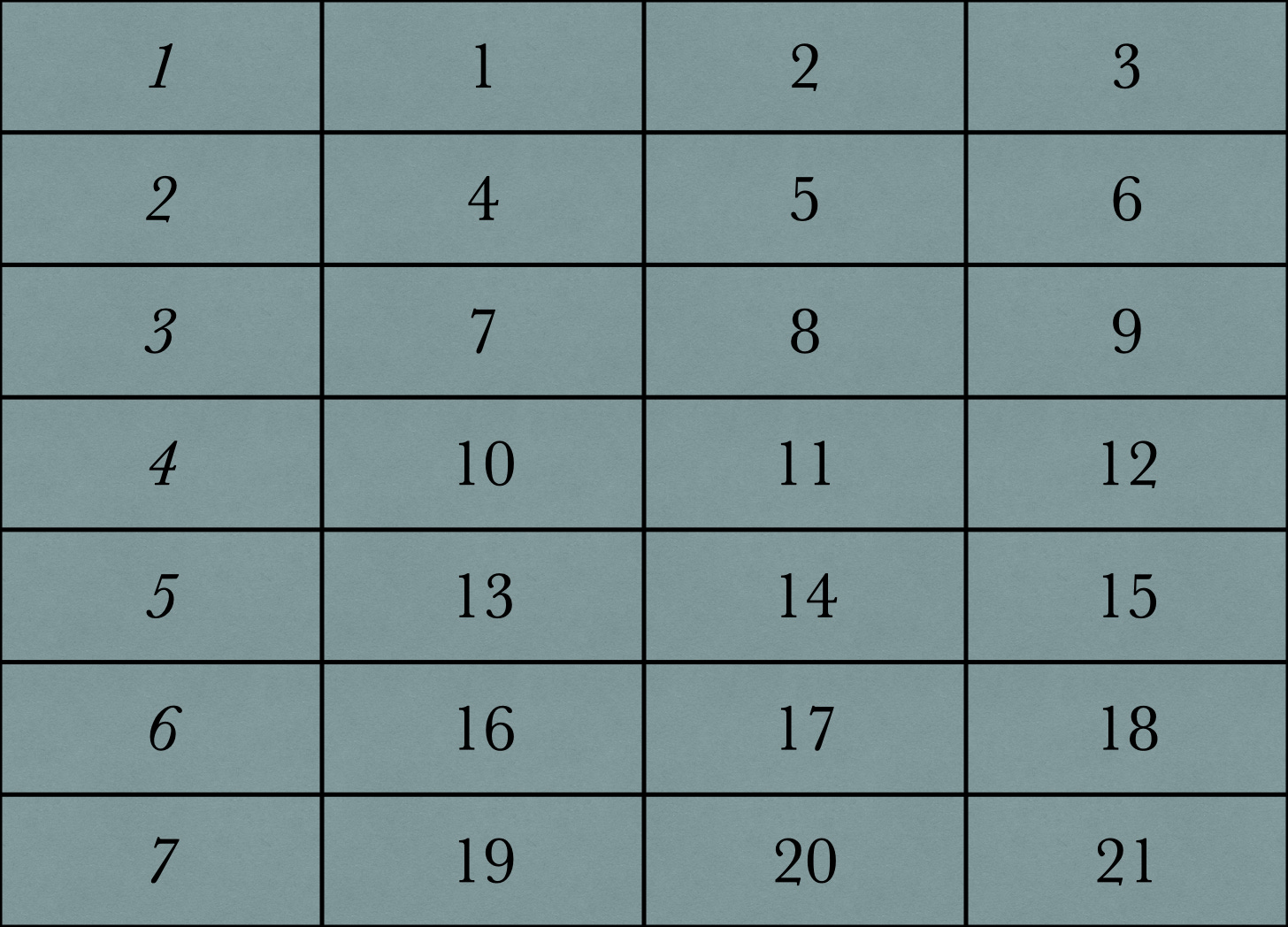
The infantry regiment in each division with the highest number - what might be called the ‘junior’ regiment - received a number that was three times as large as the number of the parent division. Thus, the junior infantry regiment of the 2nd Infantry Division became the 6th Infantry Regiment.
The infantry regiment in each division with the lowest number - let’s call it the ‘senior’ - received a number calculated by subtracting two from the number of junior regiment. Thus, the senior regiment of the 2nd Infantry Division was known as the 4th Infantry Regiment.
As might be imagined, the number given to the infantry regiment that fell between the junior and the senior - the martial equivalent of the middle son of a three-child family - could be found by using any one of three different formulas. One could subtract one from the number of the junior regiment, add one to the number of the senior regiment, or divide the sum of the numbers of the other regiments by two.
Expansion
I have yet to discover documents that laid out plans for the expansion of the Reichswehr into an army worthy of a major European power. I have, however, found a set of diagrams that lay out, in considerable detail, the force that resulted from the organizational explosion that took place in 1935.
These diagrams suggest that, while many minor changes complicated the basic scheme, the plan for expansion of the Reichswehr called for the replacement of the seven existing infantry divisions (and thus twenty-one infantry regiments) with twenty-one infantry divisions (therefore sixty-three infantry regiments.) In other words, each infantry division would disband itself in order to provide cadre for three new formations of that kind and each infantry regiment would sacrifice itself in order to provide a framework for three new units of that type.
To provide numbers for the new divisions, the drafters of the aforementioned plan added standard addends, whether zero or ten or twenty, to the designations of the seven divisions of the Reichswehr. (An addend is a number that is added to another number.)
In keeping with these formulas, the senior product of the trebling of the 4th Infantry Division would be called the 4th Infantry Division, the next-in-line would become the 14th Infantry Division, and the youngest of these three sisters would become the 24th Infantry Division.
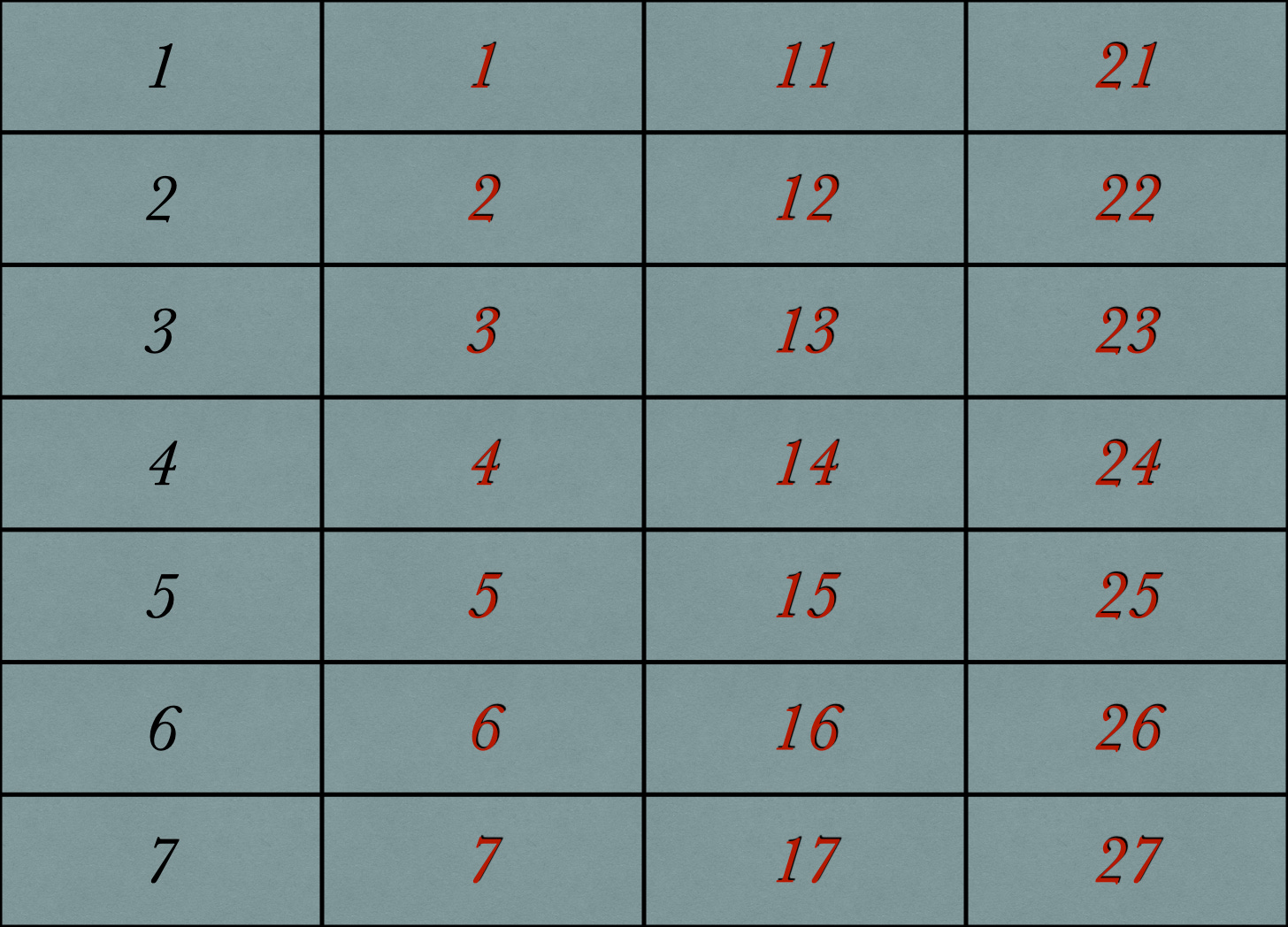
To find numbers for the infantry regiments of the new formations, the planners used a different set of addends. The senior copy of each infantry regiment retained the number of the original. The junior clone added forty-two to that number. And, as might be expected, the regiment that was neither senior nor junior (but, as Goldilocks once said, just right), used a number formed by adding twenty-one to that of its ancestor. Consequently, the infantry regiments of the new (post-expansion) 1st Infantry Division would bear the numbers 1, 22, and 43.
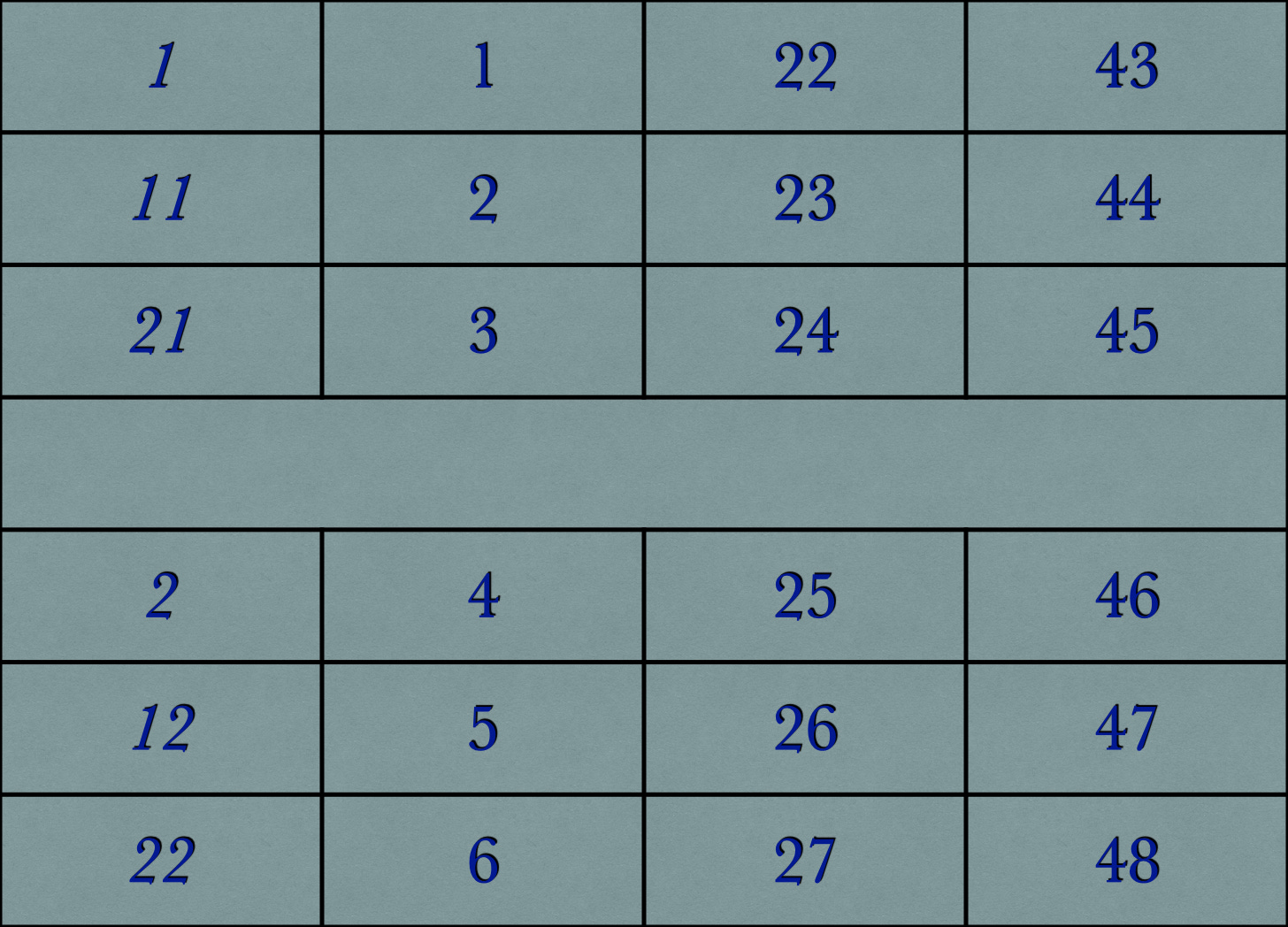
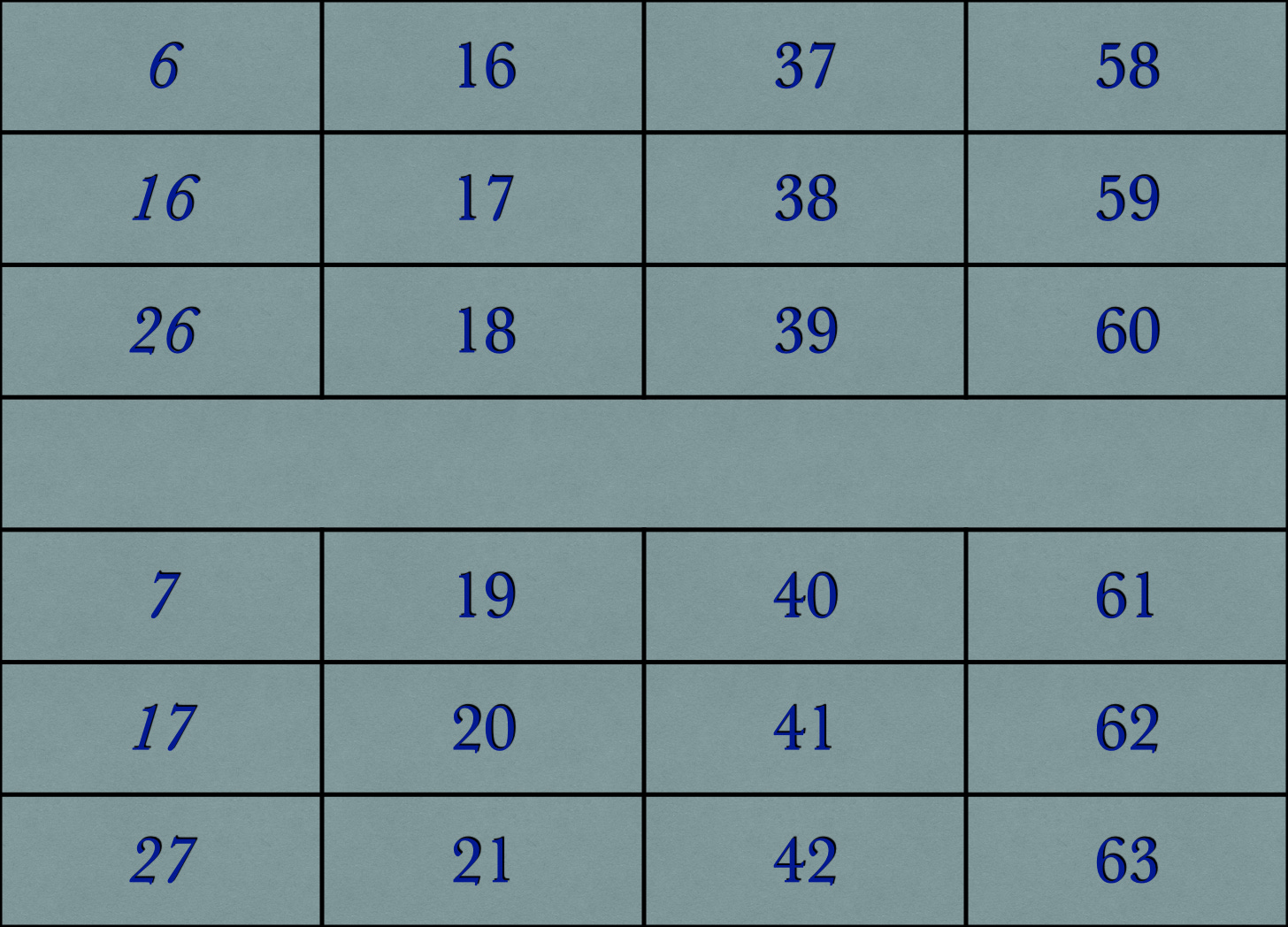
Source: Gliederung der Truppen des Heeres ab 15.10.1935, Russisch-deutsches Projekt zur Digitalisierung deutscher Dokumente.
For Further Reading:
To Share, Subscribe, or Support:



